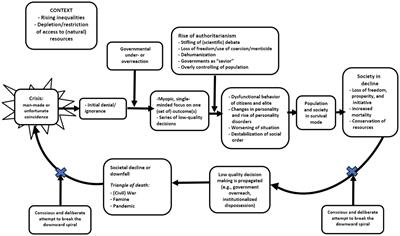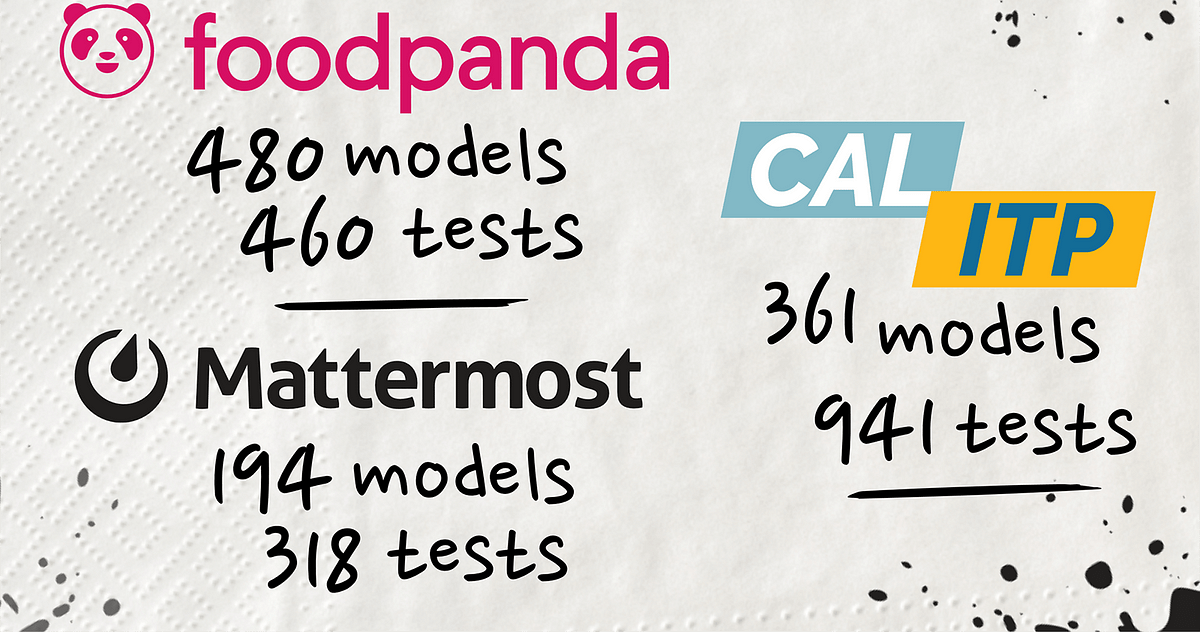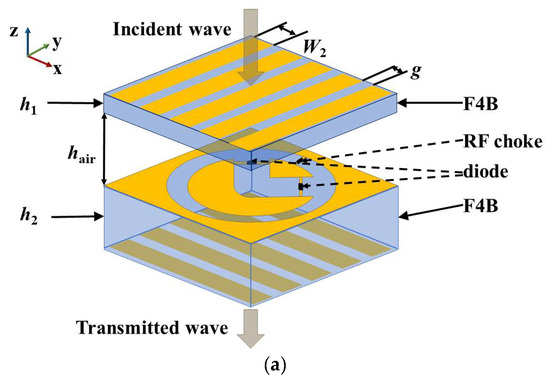![A Chemical Hunger – Part VI: PFAS [PART I – MYSTERIES]
[PART II – CURRENT THEORIES OF OBESITY ARE INADEQUATE]
[PART III – ENVIRONMENTAL CONTAMINANTS]
[INTERLUDE A](https://slimemoldtimemold.files.wordpress.com/2020/09/cropped-eaabtifuyaaxisk.jpeg?w=200)
A Chemical Hunger – Part VI: PFAS
[PART I – MYSTERIES] [PART II – CURRENT THEORIES OF OBESITY ARE INADEQUATE] [PART III – ENVIRONMENTAL CONTAMINANTS] [INTERLUDE A – CICO KILLER, QU’EST-CE QUE C’EST?] [PART IV – CRITERIA] [PART V – LIVESTOCK ANTIBIOTICS] [INTERLUDE B – THE NUTRIENT SLUDGE DIET]
Per- and polyfluoroalkyl substances (PFAS) are a group of synthetic chemicals that are used to make a wide variety of everyday products, including food packaging, carpets, rugs, upholstered furniture, nonstick cookware, water-repellant outdoor gear like tents and jackets, firefighting foams, ski wax, clothing, and cleaning products. Many are also used in industrial, aerospace, construction, automotive, and electronic applications.
The PFAS family is enormous, containing over 5,000 different compounds. But only a couple of these compounds are well-studied. The rest remain rather mysterious. Perfluorooctanoic acid (PFOA) and perfluorooctane sulfonate (PFOS) are two of the original PFAS, are especially widespread in the environment, and we tend to have the most information on them.
PFAS are practically indestructible. They repel oil and water and are heat-resistant, which is part of why they have so many applications, but these features also ensure that they degrade very slowly in the environment, if they degrade at all. Short-chain PFAS have half-lives of 1-2 years, but longer-chain equivalents like PFOS are stable enough that we haven’t been able to determine their half-life. As a result, they stick around in the environment for a very long time, and soon make their way into soil and groundwater. The full picture is complicated, but there’s evidence that they accumulate in rivers as they flow towards the ocean.



















